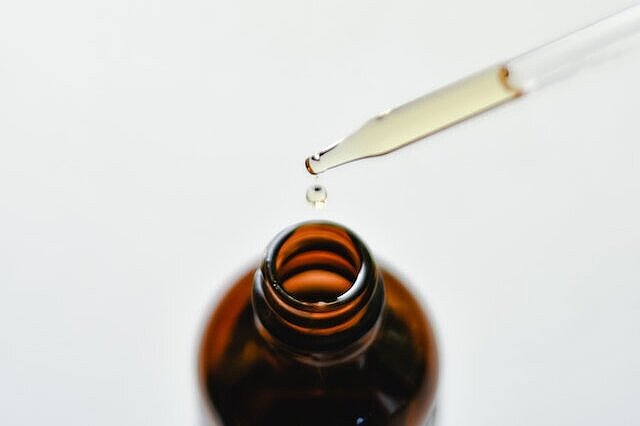Methanol

What is methanol?
Chemical basics and use
Methanol, also known as methyl alcohol, is a colorless liquid that is notable for its high volatility and characteristic odor. Chemically speaking, methanol is the simplest alcohol and is often used in industry as a solvent, antifreeze, in fuel production and in many other areas.
Methanol is dangerous for human use due to its toxicity, and this property is also transferred to our dogs. Ingestion, even in small quantities, can lead to severe poisoning.
The dangers of methanol for dogs
Toxicological consideration
The toxic effect of methanol on a dog's body can be devastating. After ingestion, methanol is metabolized in the body to formaldehyde and formic acid, which can lead to acidification of the blood (metabolic acidosis) and potentially organ failure. Symptoms of methanol poisoning in dogs can include vomiting, tremors, weakness and in severe cases blindness, seizures or coma.
Risk factors and precautions
Most cases of poisoning in dogs occur due to accidents where the animals have access to products containing methanol such as certain cleaning products or antifreeze. Therefore, it is of utmost importance to keep such substances safe and out of your dog's reach.
Are there any benefits?
The direct application or consumption of methanol offers no benefits for dogs. The only relevance methanol might have in the context of dog grooming would be in the context of its use in products indirectly associated with dogs - for example, in cleaning products used in a household. But even here, extreme caution is needed to avoid any contact between the dog and the substance.
A clear line in dealing with methanol
To summarize, methanol is a substance whose risks far outweigh its potential benefits, especially when it comes to the health and safety of our dogs. As responsible dog owners, we should always take care to keep our pets away from this and other dangerous chemicals. The well-being of our four-legged friends depends largely on our knowledge, vigilance and ability to recognize and eliminate potential hazards in their environment. By working to keep our dogs safe and healthy, we ensure that they can live long, happy and healthy lives alongside us.
If you notice any signs of hypersensitivity or poisoning in your dog, you should see your vet immediately. We are not a substitute for a vet, but we try to be as accurate as possible. Every dog reacts differently and we recommend you get a second opinion or consult your vet if in doubt.
Stay healthy and take good care of your four-legged friend!😊
Similar to Methanol
2-Propanol is a colorless, highly flammable liquid with a pungent odor. It is an alcohol and has the chemical formula C3H8O. It can be produced from petroleum or propene. 2-Propanol has many...
Ethanol can enter the dog's body in various ways. The most common route is oral ingestion, e.g. when the dog consumes alcohol-containing drinks, food or medication. Ethanol can also enter the dog's...
Butanols are organic compounds that have a hydroxyl group (-OH) attached to a carbon atom. They are alcohols, which play an important role in organic chemistry. Alcohols can be produced by various...
Ethylene glycol (EG) is an organic compound commonly used as an antifreeze in vehicle cooling systems and in some industrial and household products. It is a colorless, almost odorless liquid with a...



